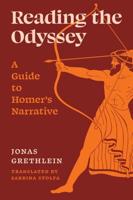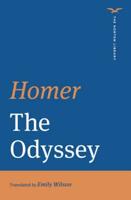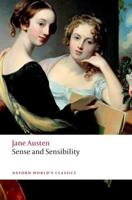Publisher's Synopsis
Confessions (Latin: Confessiones) is the name of an autobiographical work, consisting of 13 books, by St. Augustine of Hippo, written in Latin between 397 and 400 AD.[1] Modern English translations of it are sometimes published under the title The Confessions of St. Augustine in order to distinguish the book from other books with similar titles. Its original title was "Confessions in Thirteen Books," and it was composed to be read out loud with each book being a complete unit. Saint Augustin is now little more than a celebrated name. Outside of learned or theological circles people no longer read him. Such is true renown: we admire the saints, as we do great men, on trust. Even his Confessions are generally spoken of only from hearsay. By this neglect, is he atoning for the renewal of glory in which he shone during the seventeenth century, when the Jansenists, in their inveterate obstinacy, identified him with the defence of their cause? The reputation of sour austerity and of argumentative and tiresome prolixity which attaches to the remembrance of all the writers of Port-Royal, save Pascal-has that affected too the work of Augustin, enlisted in spite of himself in the ranks of these pious schismatics? And yet, if there have ever been any beings who do not resemble Augustin, and whom probably he would have attacked with all his eloquence and all the force of his dialectic, they are the Jansenists. Doubtless he would have said with contempt: "The party of Jansen," even as in his own day, with his devotion to Catholic unity, he said: "The party of Donatus." It must be acknowledged also that the very sight of his works is terrifying, whether we take the enormous folios in two columns of the Benedictine edition, or the volumes, almost as compact, and much more numerous, of recent editions. Behind such a rampart of printed matter he is well defended against profane curiosity. It needs courage and perseverance to penetrate into this labyrinth of text, all bristling with theology and exegesis and metaphysics. But only cross the threshold of the repellent enclosure, grow used to the order and shape of the building, and it will not be long ere you are overcome by a warm sympathy, and then by a steadily increasing admiration for the host who dwells there. The hieratic face of the old bishop lights up, becomes strangely living, almost modern, in expression. You discover under the text one of the most passionate lives, most busy and richest in instruction, that history has to shew. What it teaches is applicable to ourselves, answers to our interests of yesterday and to-day. This existence, and the century in which it was passed, recall our own century and ourselves. The return of similar circumstances has brought similar situations and characters; it is almost our portrait. And we feel half ready to conclude that at the present moment there is no subject more actual than St. Augustin.










